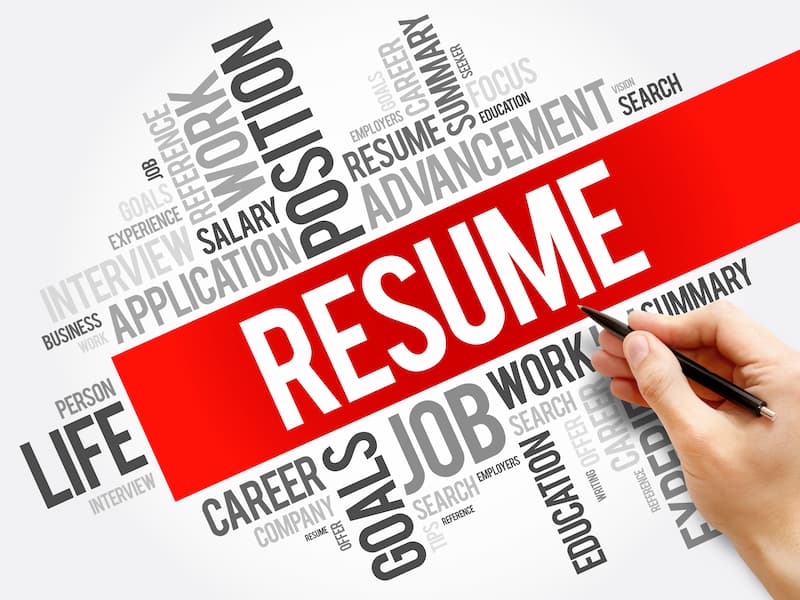Whether you’re a recent graduate, changing careers, or returning to the workforce after a pause, how you list your education on your resume can make a big impact. Your education section provides hiring managers with insight into your qualifications, your background, and oftentimes, your potential.
In this article, I’ll break down everything you need to know about adding education to your resume, including how to format your education and what to do if your educational experience is nontraditional or incomplete.
Why Your Education Section Matters
Employers scan your resume in seconds, and education can be a key factor in determining if you move forward in the hiring process. Your degree or coursework might be required for the job, or it might help tip the scales in your favor when experience is similar to other candidates.
Accelerate Your Career

What to Include in Your Education Section
The basic structure of your education can include:
- Name of the school or institution
- Location (City, State)
- Degree or certification earned
- Graduation year (optional in many cases)
- Honors, relevant coursework, GPA (optional and situational)
How to List Education on Resume Examples
If you have a degree and it’s relevant to the job, here’s a clear format to follow:
Bachelor of Arts in English Literature
University of California, Los Angeles (UCLA) – Los Angeles, CA
Graduated: May 2021
GPA: 3.8 | Honors: Magna Cum Laude
If You’re Still in School
You can absolutely list your education before it’s completed:
Bachelor of Science in Biology (Expected May 2026)
University of Texas – Austin, TX
Relevant Coursework: Genetics, Organic Chemistry, Cell Biology
If You Didn’t Graduate
List the program, school, and dates attended. While I would never encourage a job applicant to list a degree they didn’t earn, you can highlight coursework or credits completed:
Computer Science Coursework (Completed 60 credits)
San Francisco State University – San Francisco, CA
2019–2021
Where to List Education on Your Resume
- If you’re early in your career, list education above your work experience.
- If you’re a mid-career professional, move education below your work history.
- If you have a graduate degree or advanced certification that’s crucial to the job, you can still highlight it near the top.
Pro Tips
- Tailor it to the job – Emphasize relevant degrees or coursework that support the position you’re applying for.
- Keep it clean and consistent – Match the font, layout, and spacing with the rest of your resume.
- Don’t lie – Recruiters can verify education history. It’s better to be honest and show what you do have.
- Highlight continuing education – Certifications, online courses, or professional development (like Coursera or LinkedIn Learning) can go under education or in a separate “Certifications” section.
Final Thoughts
Your education section isn’t just about where you went to school but more about how your background supports your future. Whether you have a Ph.D., a professional certificate, or are self-taught through experience, there’s always a strategic way to present your learning journey!













